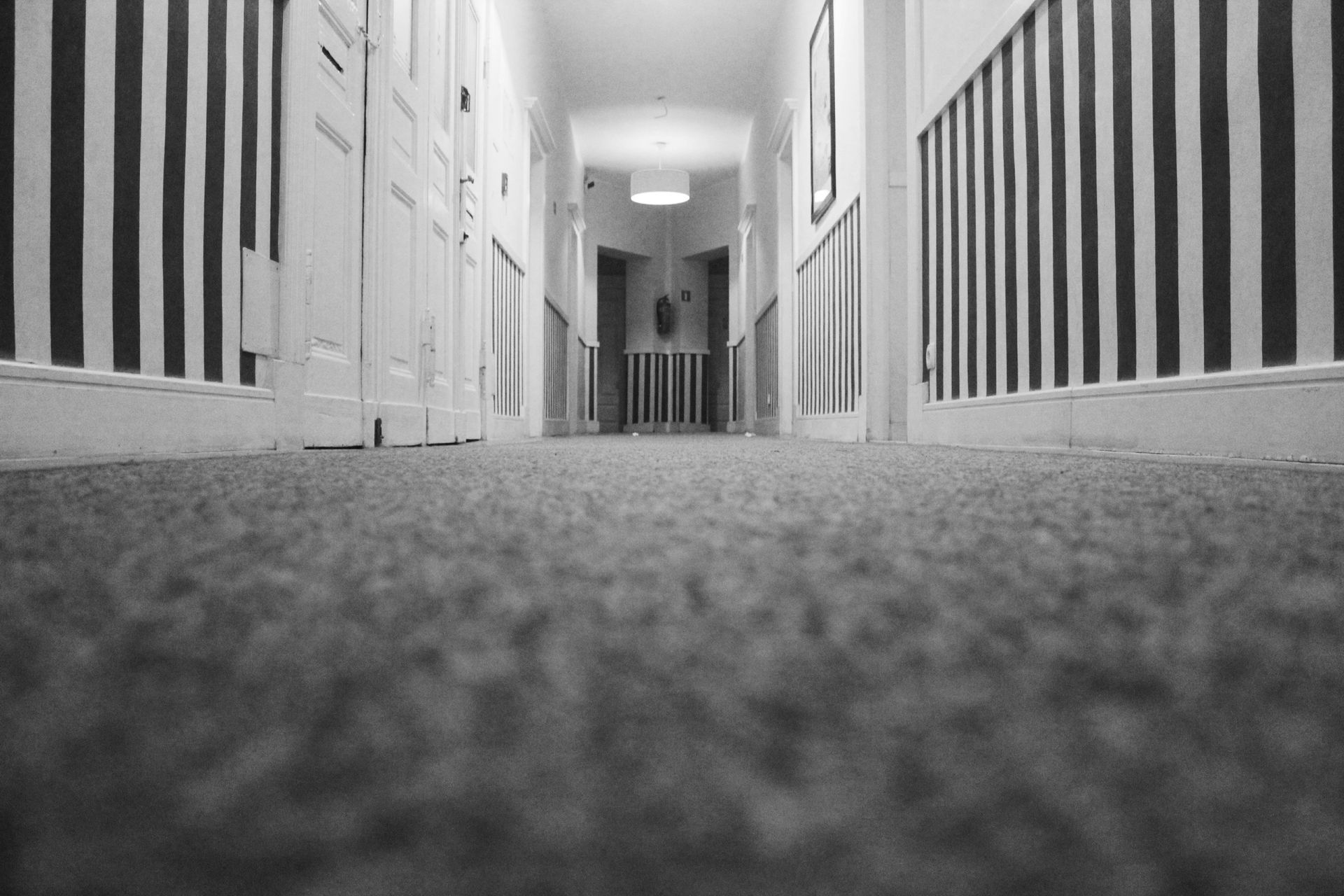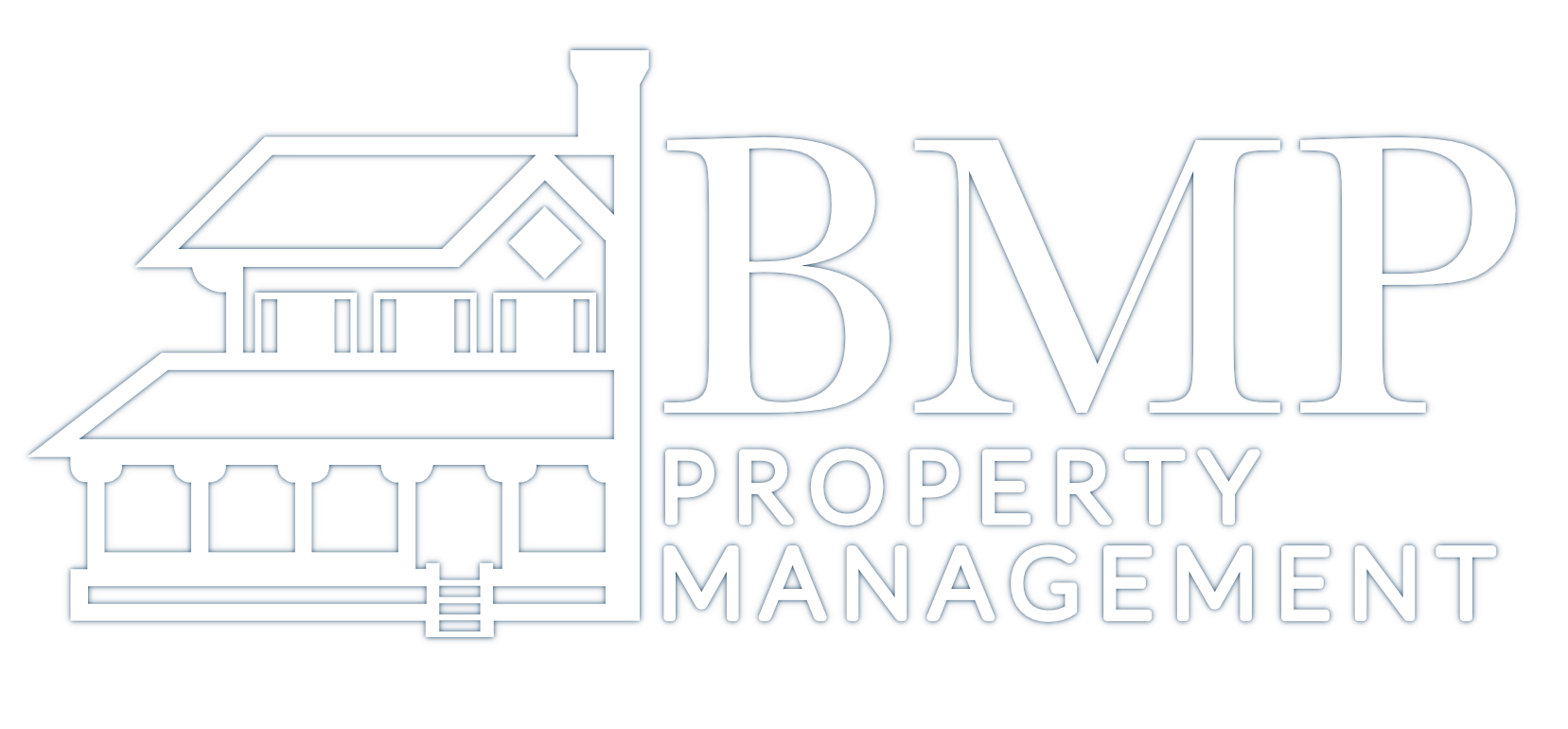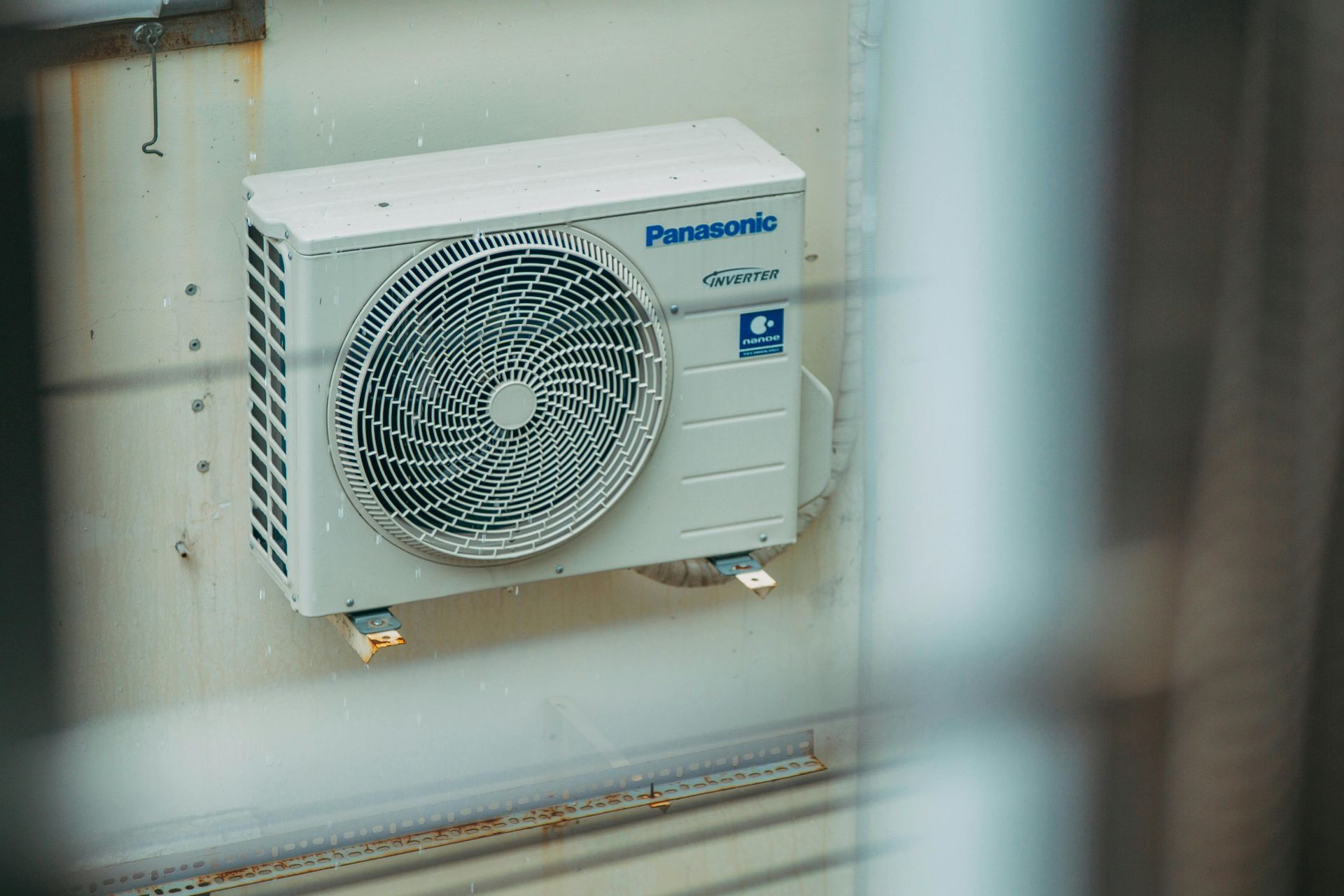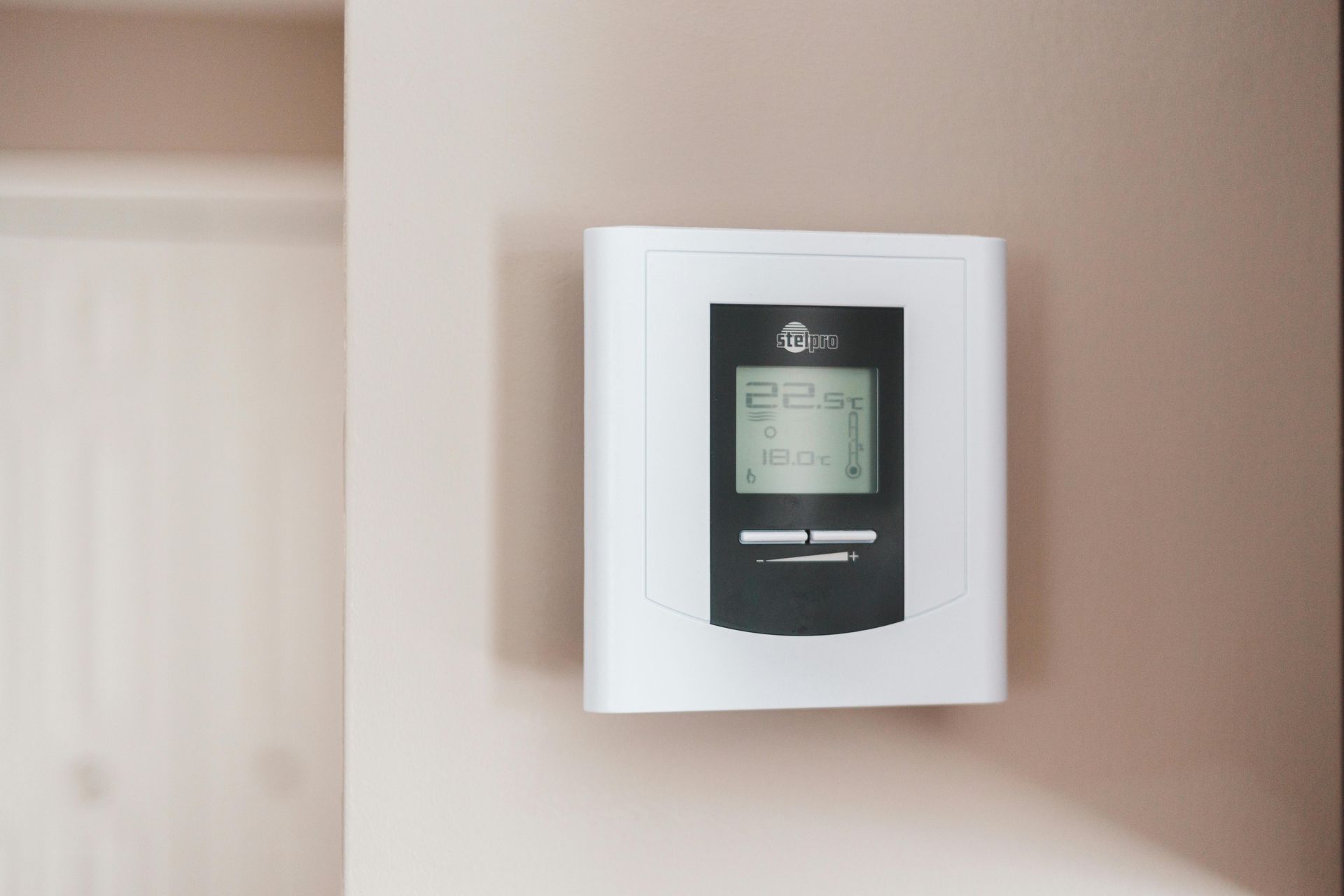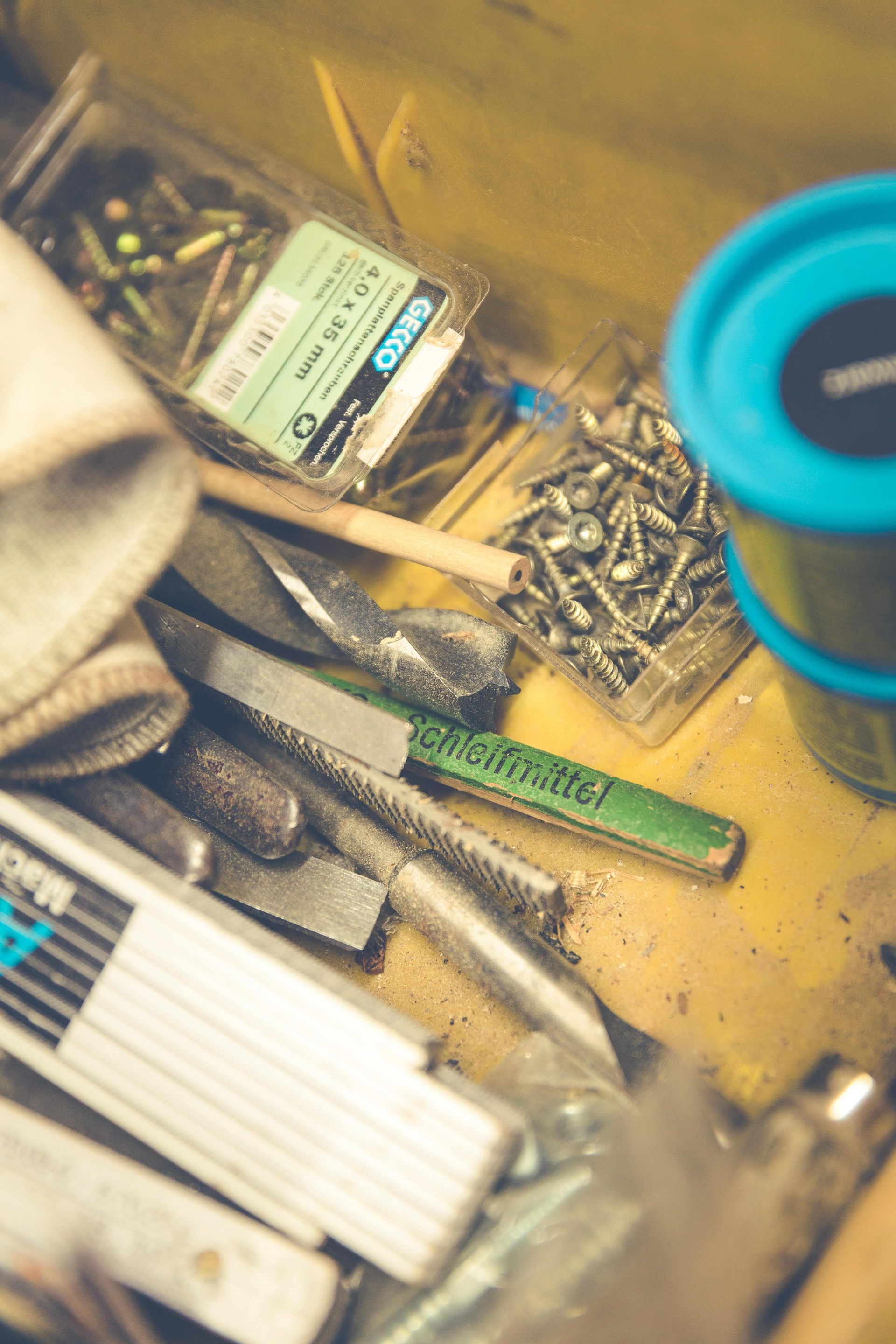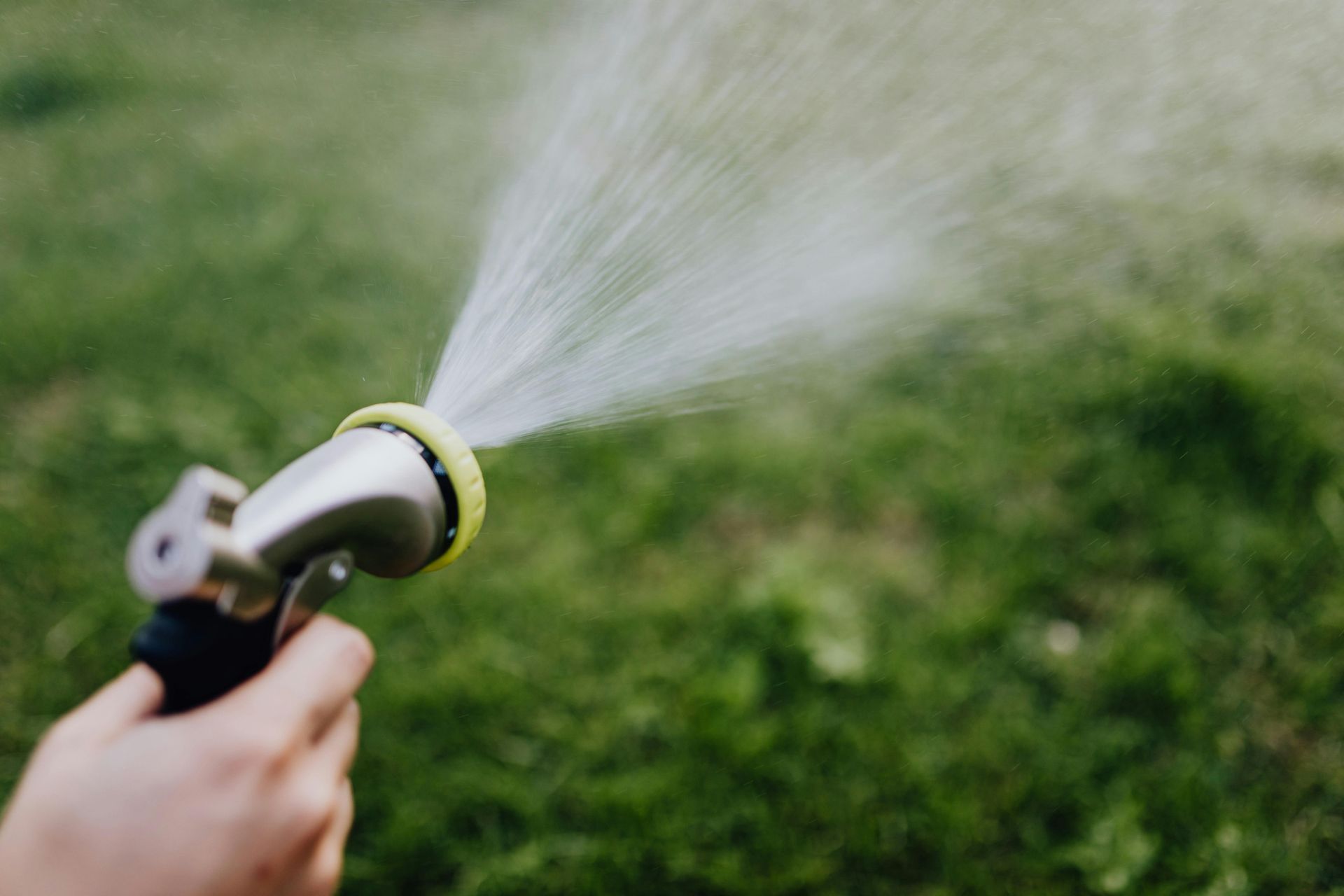Smart Energy-Saving Tips for Renters
Cut Costs While Staying Comfortable

Saving energy as a renter doesn’t just help the environment—it also keeps utility bills in check. Fortunately, small, consistent changes can lead to big savings. Follow these practical tips to improve your energy efficiency without compromising comfort.
1. Replace Furnace Filters Regularly
One of the simplest and most effective ways to save energy is to maintain your furnace filters. A clogged or dirty filter forces your HVAC system to work harder, increasing energy use and utility bills.
- Check filters monthly during peak heating and cooling seasons.
- Replace filters every 30-90 days or as recommended by the manufacturer.
- Clean around the furnace to ensure proper airflow.
Not only will this improve energy efficiency, but it also prevents unnecessary strain on your system, saving you potential repair costs down the line. Remember, failing to change filters could result in tenant charges for HVAC damage due to neglect.
2. Optimize Thermostat Settings
- Set your thermostat a few degrees lower in winter and higher in summer to reduce energy consumption.
- Use a programmable thermostat, if available, to adjust temperatures while you’re away.
- Layer clothing or use blankets to stay cozy without cranking up the heat.
3. Seal Drafts and Leaks
Drafty windows and doors can significantly impact energy use.
- Use weatherstripping or draft stoppers to seal gaps around doors and windows.
- Close blinds and curtains at night to retain heat and open them during the day to let sunlight naturally warm your space.
4. Be Smart with Lighting
Lighting accounts for a significant portion of electricity use.
- Switch to energy-efficient LED bulbs.
- Turn off lights when leaving a room.
- Use natural light during the day to brighten your home without extra energy.
5. Unplug and Power Down
Electronics and appliances use energy even when turned off.
- Unplug devices like chargers, toasters, and coffee makers when not in use.
- Use power strips to easily switch off multiple devices at once.
6. Be Efficient with Appliances
- Only run the dishwasher and laundry machines with full loads.
- Clean refrigerator coils to keep it running efficiently.
- Keep the oven door closed while cooking to prevent heat loss.
Saving Energy is a Win-Win
By implementing these energy-saving tips, you can lower your utility bills and reduce your environmental impact. Start with furnace filter maintenance and build from there—you’ll save money and enjoy a more efficient home in no time!
